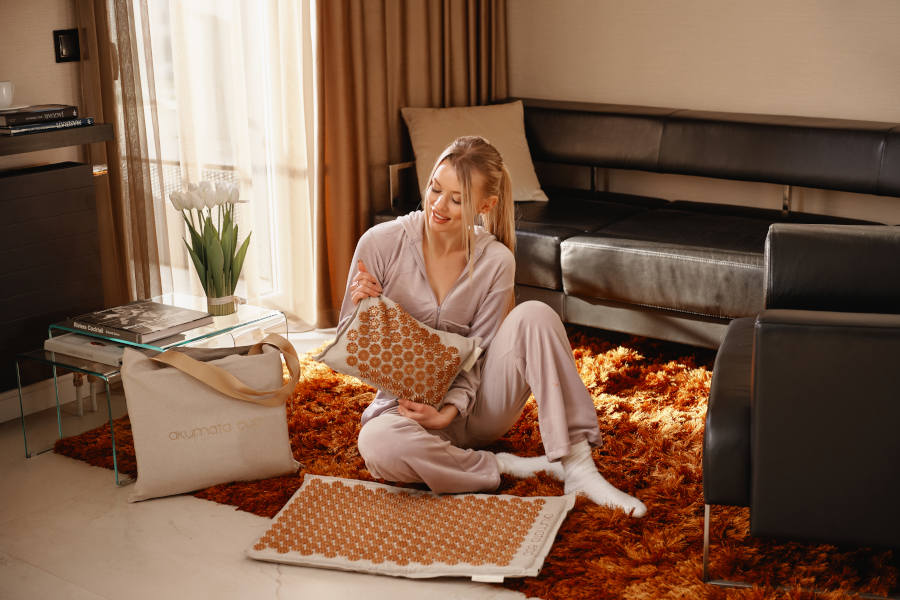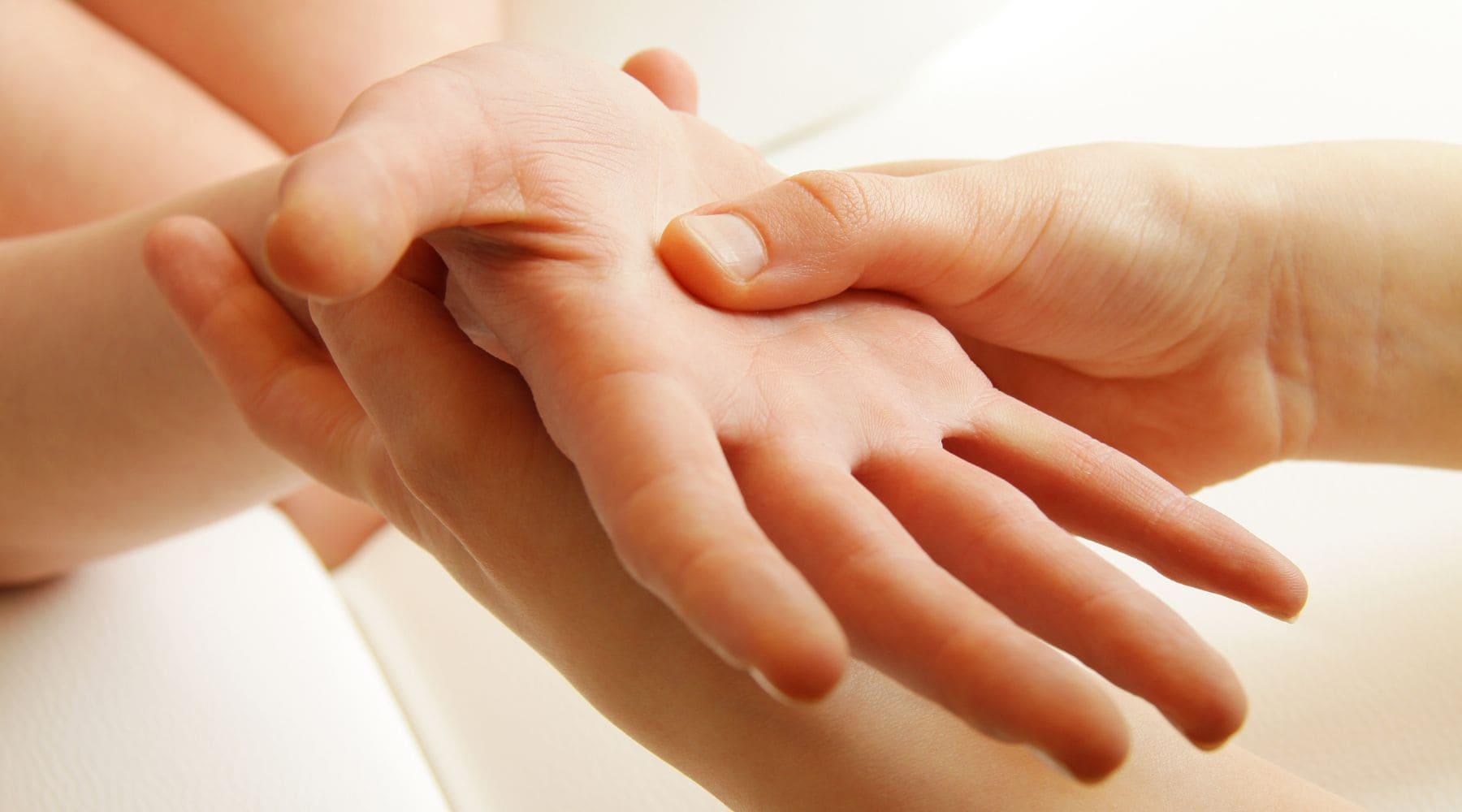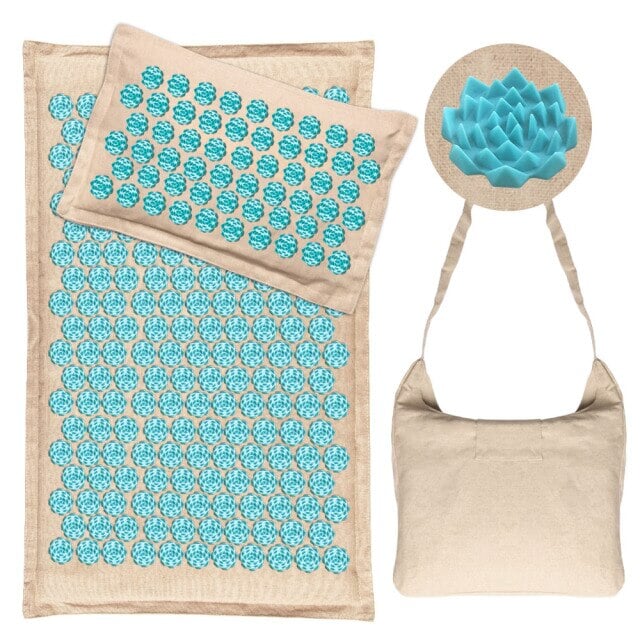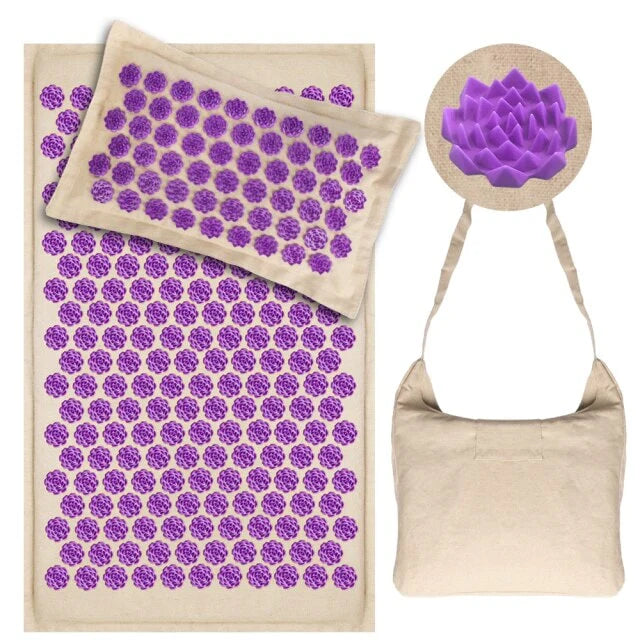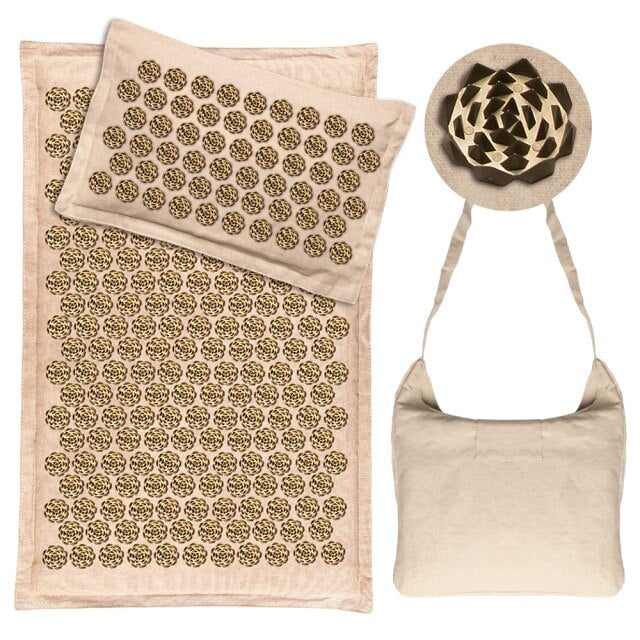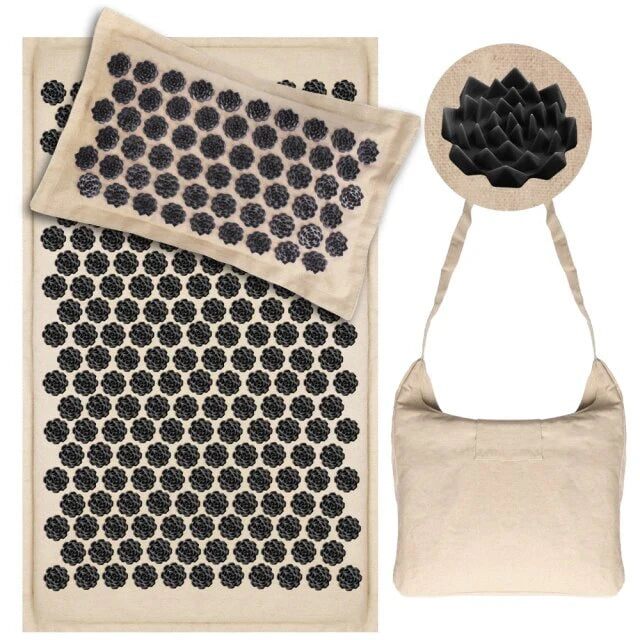Traditional Chinese Medicine (TCM) takes a comprehensive approach to the individual.
Traditional Chinese medicine, which has been used for thousands of years in the East, is now well-received in Western nations because of its individualized and holistic approach.
This traditional medicine is rich with treasures for the health of our bodily, mental, and spiritual selves and is based on the fundamental ideas of balance and energy flow.

What is traditional Chinese medicine?
One of the three major medical ideologies is traditional Chinese medicine, often known as ancestral learnt medicine. Alongside it are Galenism, a Byzantine healthcare system created in the Middle Ages, and Ayurveda, or holistic Indian medicine.
Traditional Chinese Medicine (TCM) is the term used to describe all health doctrines, customs, and practices that have been followed by the Chinese people throughout time. An entire body of writing with portions dating back to year V before the Common Era is at the core of this traditional medicine.
Traditional Chinese medicine is regarded as a non-conventional kind of treatment that can be used with modern medicine from a Western perspective. The foundation of traditional Chinese medicine is a set of particular procedures that may be customized to meet the needs of each patient and restore balance.
Pharmacopoeia, massage, dietetics, energy work, moxibustion, and acupuncture are some of these specialties. These practices are applied within the context of an all-encompassing comprehension of the person and the flow of energy through his meridians.

The history of Traditional Chinese Medicine
Chinese medicine is not a recent development! Three emperors who are well-known to followers of this philosophy researched the essential facets of human health more than 2500 years ago.
Traditional Chinese medicine was still a body of empirical knowledge passed down orally until the fifth century before the Common Era. The first accurate and thorough description of traditional Chinese medicine can be found in the Huangdi Neijin handbook.
Traditional Chinese medicine has been improved, expanded, and finished as medical knowledge about the human body has grown. This learnt medicine improved in accuracy and was organized around philosophical ideas that served as its foundation, including vital energy, meridians, yin/yang, and the five motions, thanks to a better grasp of Chinese philosophy.
Chinese medicine developed into a comprehensive health system over the years, one that both physicians and philosophers could rely on. As a supplement to western medicine, traditional Chinese medicine is now taught in Chinese universities and practiced in hospitals.

Traditional Chinese medicine: how does it work?
The concept of traditional Chinese medicine is based on an understanding of nature and how humans develop in harmony with their surroundings. The Tao, Qi, Yin and Yang theory, and Wuxing are the four central theories of traditional Chinese medicine.
The Tao
We've all heard of the Tao Way, but we don't really know where it came from or how it functions. Being in the middle between religion and philosophy of life, the Tao can be challenging to define.
The Tao is viewed as a philosophy on which the great workings of medicine are built as part of its insight into the practice of traditional Chinese medicine. It asserts that all of nature's powers coexist peacefully and in harmony.
The Tao offers a philosophical perspective and a framework for a detailed understanding of how a human being interacts with his environment in traditional Chinese medicine.

Qi
The life energy that breathes life into all living things is known as "chi" or "qi." In contrast to a breath, Qi moves via our meridians. It is comparable to the Greek pneuma or the Indian Prana.
It can be compared to the well-known vital force or energy power used by naturopathic doctors. According to traditional Chinese medicine, Qi is the power that enables a person to retain good health or, in the event that the balance has been lost, to regain wellbeing.

The theory of Yin and Yang
In Taoist philosophy, the concept of Yin and Yang is sacrosanct. They enable us to comprehend the workings of everything that is since they are complimentary polarities.
This representation of duality and complementarity is frequently utilized in the context of rebalancing work in traditional Chinese medicine. Numerous procedures used in Chinese medicine, such as acupuncture or reflexology, are based on the Yin and Yang philosophy.

The Wuxing
The five phases of matter fire, water, wood, metal, and earth are represented by the Wuxing. These well-known components can be found in early publications on traditional Chinese medicine as well as writings on Chinese cosmetology.
When these forces are in harmony and balance within the being, they help the being stay in good shape.

How does a consultation in Chinese medicine take place?
The initial consultation in Chinese medicine typically lasts one and a half hours since the practitioner needs extra time to evaluate your needs and your overall health. Typically, follow-up meetings span an hour.
A thorough assessment is conducted during the first session via a personal interview. Then, your healthcare provider will inquire about your daily routine, eating patterns, goals, etc. According to the principles of traditional Chinese medicine, certain factors can be measured in a certain method.
Examples of these include feeling the meridians, examining the pulse, and watching the tongue. Your practitioner next establishes the root cause, which corresponds to the fundamental cause of the imbalance and the true source of all visible manifestations, based on all these assessments.
The Chinese medicine doctor can then decide which procedures will work best to restore equilibrium.
Manual techniques like cupping, acupressure, moxibustion, etc. can be used. You can change your diet while taking into account your unique environment. Your doctor will advise you on the best way to prepare certain foods so you can reap the most benefits from them.
Last but not least, you can be advised to take active components from the Chinese pharmacopoeia, typically in the form of infusions, decoctions, or herbal teas. Your healthcare provider will advise you on how often to take these conventional products each day.
Some medical professionals provide supplemental therapies including reflexology, acupuncture, or Tui Na massage. Others will provide classes and energy exercises like Tai Chi or Qi-Gong.

The different practices of traditional Chinese medicine
A complete bundle of traditional Chinese medical procedures is comprised of Qi-Gong, acupuncture, Tui Na massage, and other procedures.
Traditional Chinese medicine can be thought of as a "great whole," made up of various tools that the practitioner might use in accordance with the demands of the patient.
Acupuncture
The most popular kind of traditional Chinese medicine in Western nations is unquestionably acupuncture. A general physician with training in traditional Chinese medicine can perform acupuncture.
Acupuncture is sometimes hated due to the use of needles it necessitates, yet despite this, it is gaining popularity and is valued for its efficacy and simplicity.
In order to stimulate particular acupuncture points and increase the Qi's movement across the meridians, the acupuncturist inserts needles into the subcutaneous tissue during an acupuncture session.
According to traditional Chinese medicine, maintaining a healthy balance between Yin and Yang is crucial to preserving both our bodily and mental health.

Tui Na
Acupressure knowledge is included into the massage technique known as tui na. If Tui Na massage is currently trending in England, it has been practiced for millennia and is an everyday occurrence in China.
With the same goal of harmonizing the Qi through our meridians, a short relaxation and stimulation of particular specific places are both permitted during a tui na massage.
In contrast to the spa massages we are accustomed to in England, a Tui Na session involves the subject remaining fully dressed and seated.
Tui Na massage has a therapeutic goal, thus the practitioner won't think twice about using equipment like oils, compresses, hot water bottles, etc.

Cupping
However, cupping, also known as cupping massage, is extremely dissimilar from the massages we are familiar with. When someone gets cupped, they are given glasses that have been heated with a cotton ball that is on fire.
As a result, the glass's inside loses oxygen and constricts against the skin, applying pressure. When used in conjunction with acupuncture treatments, which cupping compliments nicely, this practice would enable the passage of Qi through our meridians.

The pharmacopoeia
All the medications used to help patients overcome their challenges are included in the Chinese pharmacopoeia. Plant materials like seeds, roots, or plants are what we find most frequently.
In the Chinese pharmacopeia, several plant substances are particularly well-liked, such as ginseng, cinnamon, and ginger (Zingiber officinale) (Panax ginseng). Rarely, the doctor might suggest a drug that comes from the world of minerals or animals.
The latter, however, will typically be advised as part of a dietary change. The Chinese medicine practitioner would advise the patient to consume particular plants, frequently in the form of herbal teas, liquid extracts, or capsules.

Exercises
These are energy practices, not just exercises! Traditional Chinese medicine practitioners use a variety of techniques, including Tai Chi, Qi-Gong, and all the energetic exercises used in Asia as fundamental components of a healthy lifestyle.
Qi-Gong was regarded in ancient China as a potent means of extending life and a preferred preventive measure. Breathing exercises, relaxation techniques, and meditation are all included in the Qi-Gong practice.
On the other side, Tai Chi was initially a combat sport comparable to a martial art. Today, people value this practice for the increase in energy and sense of relaxation it provides.

Nutrition
In traditional Chinese medicine, diet is regarded as the most important instrument. Every meal has a Yin or Yang charge that is influenced by the cooking method.
As a result, it is obvious that one's eating habits affect how balanced they are. Some meals, like white rice, are regarded as neutral, meaning they have no effect on a person's equilibrium.
It should be emphasized that in traditional Chinese medicine, healthy digestion promotes improved Qi circulation, which in turn promotes longer life.

Moxibustion
The word "moxibustion" derives from the Chinese word for mugwort root, "moxa." This method involves burning this well-known root to increase blood flow.
According to traditional Chinese medicine, warm, vivacious blood promotes better form. In China, where it is frequently used, this approach is commonplace despite not being very well known in England.
Moxibustion was first used, according to ancient records, to cure irregular and unpleasant menstrual cycles.

How many people consult a Traditional Chinese Medicine practitioner?
Ayurveda and traditional Chinese medicine are examples of ancestral therapies that are gaining popularity in the West year after year. These approaches of prevention and rebalancing consider the person as a whole in addition to their more natural and respectful approach to the body.
Although it is challenging to find exact data on English behavior when it comes to traditional Chinese medicine, it is clear that some of its branches are rising in popularity.
For instance, acupuncture can be practiced by a general practitioner who has received further training in this regard. Acupuncture sessions are now reported to the social security system in excess of 30 million times annually.
Acupuncture is an increasingly common technique that has high popularity due to its gentle approach and efficiency.

What is the price of a consultation?
Practitioners of Traditional Chinese Medicine charge a range of fees, which vary according to the practitioner's reputation, location, experience, and other criteria.
The cost of a first consultation often ranges from £45 to £100. In order to start a specific program with you, some practitioners offer a sliding scale of fees for more frequent sessions.
The cost of the Chinese medicine session may occasionally be refunded. If a doctor who has obtained training in Chinese medicine recommended it, then that is the situation.
Even if they are not performed by a doctor, some mutual insurance companies cover all or a portion of the cost of consultations in Chinese medicine. Ask your complementary health insurance provider for details at any time.

How to choose a Chinese medicine specialist?
In England, traditional Chinese medicine is not subject to any restrictions. As a result, some patients might select an acupuncturist or a general physician who specializes in traditional Chinese medicine.
It should be mentioned that non-medical practitioners of traditional Chinese medicine may have completed extensive and severe training in China or even in specialized English organizations.
The most crucial factor, like with selecting any healthcare professional, is that there is a connection! If a practitioner's reputation and word-of-mouth are always comforting, it's equally crucial that you feel at ease in their presence.
Never be afraid to request a phone interview with the person you're thinking about working with to discuss your expectations.
Before starting a follow-up connection, you have the right to request documentation of the practitioner's thorough training and to ensure that the initial contact is successful interpersonally.

Why see a Chinese medicine practitioner?
Everyone can benefit from traditional Chinese medicine! Children, adults, and even pregnant women can all be accompanied by its compassionate and all-encompassing approach!
Many people choose to seek the advice of a Chinese medicine specialist only to preserve their capital and take preventative measures to protect their well-being. Others may use traditional Chinese medicine in conjunction with an existing imbalance and any resulting symptoms.
Traditional Chinese medicine practitioners report dealing with a wide range of people who have a variety of complaints.
Traditional Chinese medicine consultations tend to frequently be prompted by gynecological discomforts, persistent weariness, sleep issues, poor spirits, or other psycho-emotional challenges.

How to learn traditional Chinese medicine?
Traditional Chinese medical instruction is available at specialized institutions. There is no accredited institution that may grant a recognized credential because the practice of traditional Chinese medicine is not regulated in England.
A diploma will only be useful to acupuncture specialists in medicine. Therefore, it is wise to do some research before starting a training program. A thorough education in traditional Chinese medicine is often thought to take three to four years to complete.
It is preferable to combine theory with practice because of the nature of this ancient treatment. The practitioner should be well-versed in dietetics, the way the meridians work, and Chinese medicine, but that is not all!
A significant "plus" when selecting a competent practitioner will be their capacity to monitor the tongue, take the pulse, and other bodily functions.
Traditional Chinese medicine practitioners assert that the best way to comprehend the underlying workings of this philosophical therapy is to travel to China.
